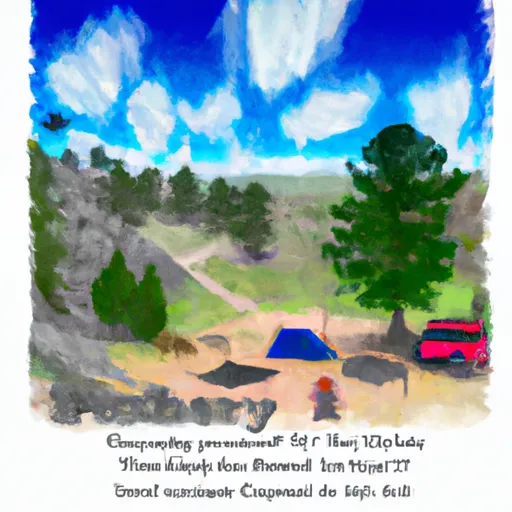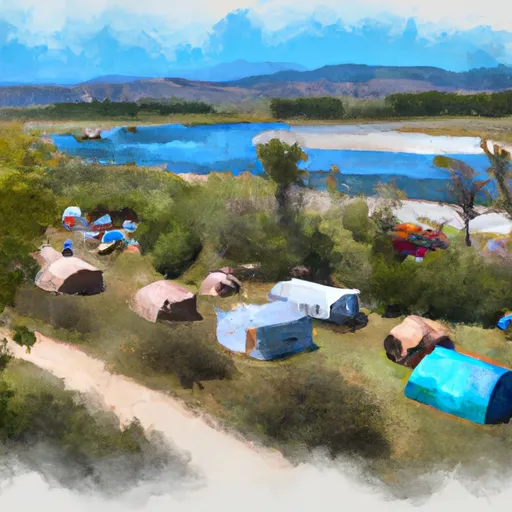2026-01-02T11:00:00-07:00
* WHAT...Snow expected. Additional snow accumulation up to 3 inches expected with locally higher totals up to 5 inches in the upper Cottonwoods and high Uintas. * WHERE...Wasatch Mountains South of I-80 and Western Uinta Mountains. * WHEN...Until 11 AM MST this morning. * IMPACTS...Winter driving conditions are expected.
Summary
It is a prominent landmark in the Uinta Mountains and offers breathtaking views of the surrounding valleys and peaks. The mountain is known for its rugged and rocky terrain, making it a popular destination for mountaineers and hikers seeking a challenging adventure.
During the winter season, Kings Peak experiences heavy snowfall and has a substantial snowpack. The snowpack range varies each year but typically lasts from November to April. The mountain's snowpack provides an excellent opportunity for winter sports enthusiasts, such as cross-country skiing and snowshoeing.
Kings Peak is known for its numerous creeks and rivers that originate from its slopes. Some notable water sources include Henrys Fork, Yellowstone Creek, and Duchesne River. These waterways receive runoff from the melting snow, contributing to the region's diverse and vibrant ecosystem.
The name "Kings Peak" has an interesting history. It was named in honor of Clarence King, an American geologist, explorer, and mountaineer who led the first geological survey of the area in the 1860s. King's survey team discovered the peak and named it in his honor. Additionally, the Uinta Mountains hold significance in Native American folklore, with numerous legends and stories surrounding the area's natural wonders.
In conclusion, Kings Peak is an awe-inspiring mountain in the Rocky Mountains mountain range. With its towering elevation, substantial snowpack, and scenic waterways, it offers a thrilling experience for mountaineers and outdoor enthusiasts alike.
Weather Forecast
Regional Streamflow Levels
16
Cubic Feet Per Second
57
Cubic Feet Per Second
32
Cubic Feet Per Second
54
Cubic Feet Per Second
Area Campgrounds
| Location | Reservations | Toilets |
|---|---|---|
 Trail Head Campground
Trail Head Campground
|
||
 China Meadows
China Meadows
|
||
 China Meadows Campground
China Meadows Campground
|
||
 Marsh Lake Campground
Marsh Lake Campground
|
||
 Marsh Lake
Marsh Lake
|

 Carrol Lake
Carrol Lake
 Red Castle Lake
Red Castle Lake
 Henrys Fork River
Henrys Fork River
 China Lake
China Lake
 Marsh Lake
Marsh Lake